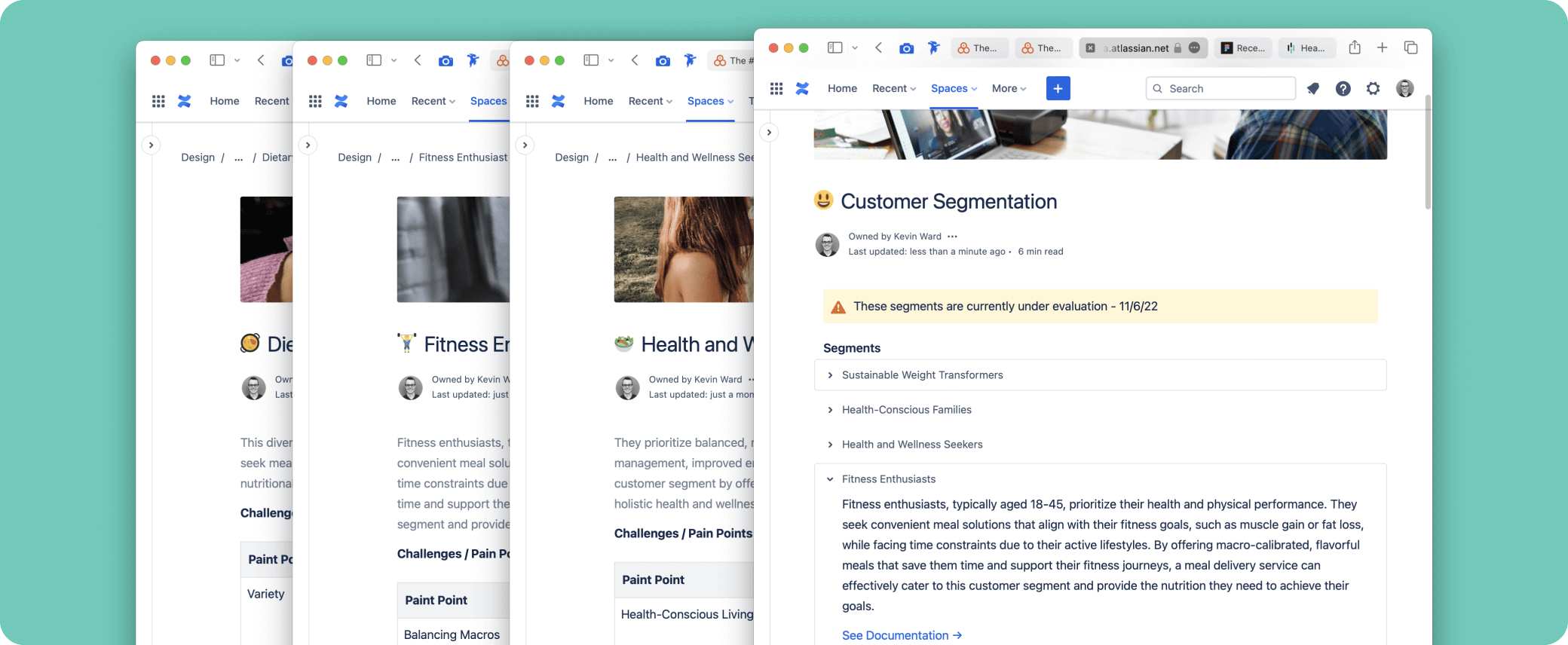Trifecta
Building design into a key business asset
ABOUT TRIFECTA
Trifecta Nutrition is a subscription based meal delivery service catering to athletes and fitness enthusiasts who are focused on performance centric meals.
My Role
Principal Product Designer
Product strategy, Information architecture, Visual design & Interaction, prototyping & testing
Teammates
Product manager
Timeline
Jun 2022 - Jul 2023
OVERVIEW
Looking to be more than a meal delivery company
With a surge in business growth, Trifecta gained the means to fulfill its mission of empowering customers in their transformative fitness journeys. The company‘s visionary roadmap included the introduction of goal-based programs, a companion app, and an array of other offerings.
My role at Trifecta was to elevate design into a powerhouse asset for the business. My responsibilities encompassed developing a strategic design framework, establishing a design system and UX processes, and creating foundational designs to propel the growth and scalability of our products.
DESIGN STRATEGY
Get to know the user
The initial step in shaping the role of design at Trifecta involved gaining a deep understanding of their target audience. I dedicated time to meticulously analyze demographic and psychographic data, as well as customer feedback, to construct defined user segments and provisional personas that could later be validated.
Get executive team on board
I developed a design vision and user-centric principles in alignment with Trifecta‘s values. I also derived design OKRs that rolled up to the company‘s broader objectives, presenting them to the executive team for their endorsement. With everyone aligned, I wrote extensive documentation to lay a solid design foundation.
SYSTEM & PROCESS DEVELOPMENT
Building a design system
To address Trifecta‘s diverse digital experiences I crafted a design system by aligning business goals, market research, design principles, and collaborating closely with the brand team. Using Brad Frost‘s Atomic Design principles, I designed the essential styles, atoms, and molecules that became the foundation for our components used across our products. This consistency built trust with users and significantly streamlined development.
Creating a more user centric company culture
I made user-centric thinking a central pillar of the company‘s approach. This involved integrating user research into the product development process and regularly sharing research insights at company meetings. Additionally, I conducted inclusive workshops and design check-ins open to all departments, fostering a collective understanding of user goals and pain points among coworkers.
FEATURED WORK
Key projects
1. Checkout Redesign & Meal Choice
Trifecta‘s existing checkout flow suffered from significant drop-offs due to its clunky, confusing nature and lack of crucial details. Leveraging the new Trifecta design system, checkout UX conventions, and incorporating customer feedback, I lead a comprehensive redesign of the checkout experience. This transformation resulted in an 24% increase in checkout page conversions, coupled with an 18% reduction in flow time. The redesigned checkout not only paved the way for introducing meal selection but also facilitated the initiation of A/B testing.
2. Progress focused app experience
To provide more value to our app user segments, I oversaw the integration of progress tracking features to help users see the impact of tracking their meals and workouts. These features included personalized milestones, goal tracking, and insightful recommendations based on user data. Throughout the process, continuous feedback loops ensured that I remained aligned with user expectations. Goal based tracking fostered a stronger connection and loyalty from our user base.
3. More user friendly dashboard
I lead a number of workshops with Sales and Product team to better understand the friction customers were struggling with while managing their meal subscriptions. With these insights and a focus on optimizing user interaction, I restructured the dashboard, prioritizing key elements and content to align with user needs and preferences. This involved reorganizing menu items, enhancing navigation, and ensuring a seamless flow of information.
More case studies



















